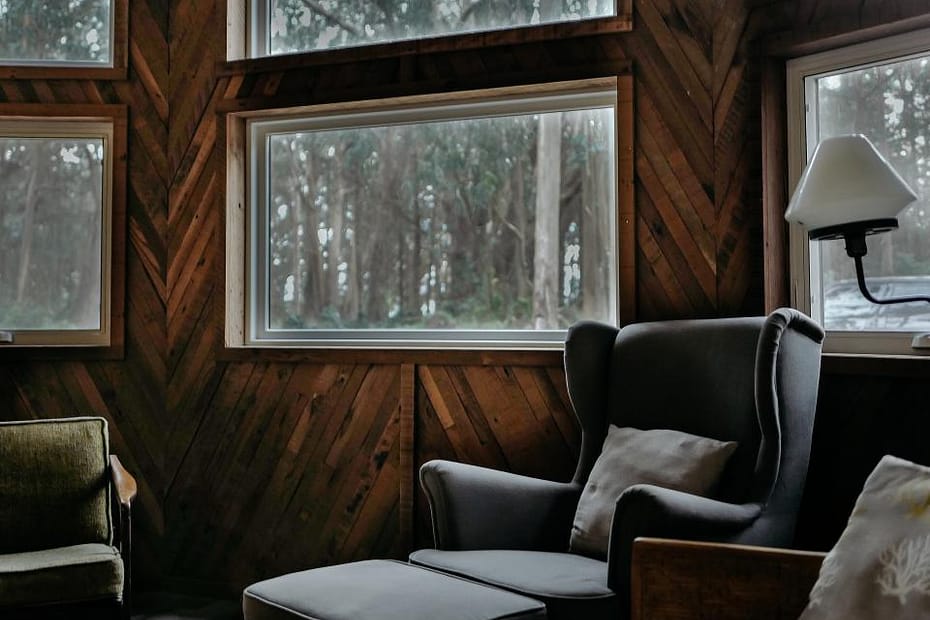Regardless of how you feel about it, there’s more to the commonly accepted idea of minimalist home design than most of us realize. When exploring the concept of “less is more,” we need to reimagine minimalism as more than simply a stylish ultramodern environment or a plain white box. Rather, minimalism is a design philosophy that simultaneously displays excellent functionality and artistically creates a more straightforward way of living.
In the 20th century, the minimalist design emerged as a response to dated and too elaborate classical features. In a word, it’s a design that has been purified of all extraneous elements to reveal only its core function and identity. This minimalist style is the epitome of simplicity. All types of designers began to favor straightforward, uncluttered designs. As time passed, practically everything we value became more streamlined, including cars, electronics, and architecture. You can thank minimalism for your incredibly functioning, sleek, and small iPhone.
Form and Function in Conjunction
The German architect and educator who employed glass, steel, and large open spaces to create his unadorned modern ideas is the originator of the phrase “less is more.” He emphasized order with clean lines and strategically arranged rectangle forms. Therefore, the key to minimalist design is to create usable design pieces in the smallest possible form. Take a straightforward, floating wall in a rectangle. It frequently serves as a room divider and a closet or hidden storage unit. But it also functions as a centerpiece and a piece of art on its own. Another characteristic of minimalist home design is the absence of clutter and superfluous items.
The beauty of the carefully chosen furniture and the room’s purpose and function can both be highlighted by this minimalism. The calm and balanced atmosphere is further enhanced by using a few color combinations. This does not mean that everything must remain in black and white. Any minimalist environment benefits from adding splashes of color, monochromatic tones of any color, and layers of textures like wool and wood.
The Benefits of Minimalism
In addition to looking amazing, minimalism offers several advantages. First, it’s well established that a clutter-free, orderly environment improves our happiness and health. Finding something difficult to locate is a guaranteed way to lower moods and elevate stress. Additionally, a tidy, flowing, and pleasant environment is created by having anything that is simplified and dedicated for one use rather than having all the bells and whistles and multi-functional purposes we have grown accustomed to. Streamlined furniture also allows you more space, even in the tiniest areas, which is another evident advantage. A place feels calmer and less hectic when it has a restrained color scheme. Finally, consuming less of everything will increase your financial security.
How to Accept It
For a happy and healthy house, even if you are a traditionalist who likes your curves and frills, you can adopt certain minimalism principles. Here are some pointers:
Clean up your house
Who wouldn’t benefit from some organization? Living in a spotless environment is not only minimalist, it’s healthful. Consider donating any accessories or extra items that are lying around collecting dust. The same is true with obsolete frames for vintage photographs. Consider combining them into a digital frame or framing them in similar frames to make a gallery wall. You’ll notice that the room quickly comes to life as you start cleaning up the surfaces.
Make Your Furniture More Simple
Is each piece of furniture in each area really necessary? Remove any lone ottomans sitting in the corner waiting for imaginary visitors to sit on them. Is the size of your coffee table excessive? Consider swapping it out for a smaller one. Each piece of furniture you remove or reduce will expand the room.
Make Your Color Scheme Simple
Explore the space. How many colors are there when you take into account furniture, window treatments, rugs, accessories, and art? Eliminate unnecessary colors from your color scheme and limit it to two or three. Put gray wool pillows on a gray sofa, for instance, to demonstrate how you might layer the same hue in several textured items. Alternately, if your space is already neutral, add a splash of color to create a striking focal point.
Put Function First
The furnishings and accessories in space are frequently what draw the eye there. For instance, disorganized window treatments or disjointed wall art detract rather than add to the functionality of a space. That’s not to imply that a minimalist room can’t have a decorative element. Simply do it with a functional addition, like a stylish light fixture over a barren dining table or a vibrantly colored piece of furniture. When adopting minimalism, consider whether something is truly necessary. Balance and simplified beauty are characteristics of minimalist settings. Consider a minimalist design for a home that is healthful, less chaotic, and aesthetically serene.
Read more on INJ Architects:
Effects of Environmental Changes on Structures and Developments

